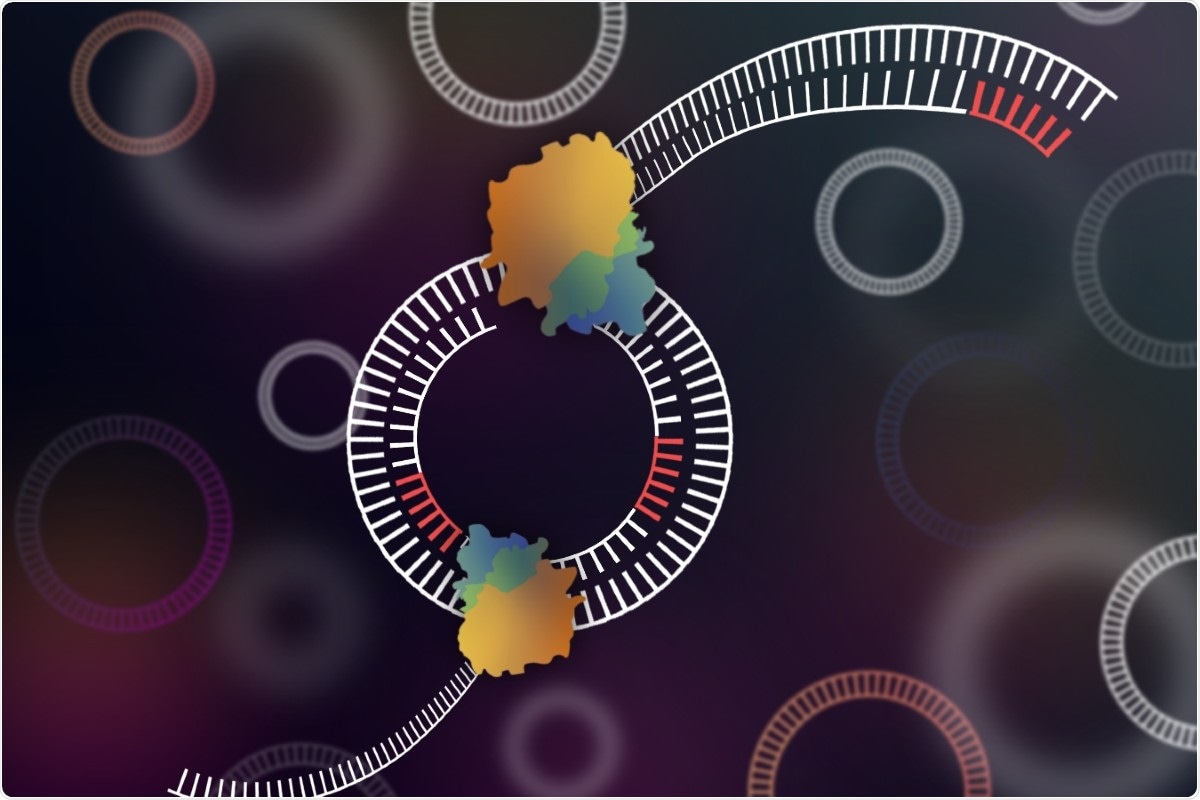According to a new study, biologists from the University of Alberta have developed a unique method for sequencing circular DNA.
The tool, known as CIDER-Seq, will provide other researchers with rich and precise information on the circular DNA found in all types of cells.

Pictured is CIDER-Seq, a newly developed tool for sequencing circular and extrachromosomal circular DNA, in action. Image Credit: Devang Mehta.
Human DNA is linear, whereas circular DNA is standard in the genomes of viruses and bacteria. Researchers have also identified extrachromosomal circular DNA (eccDNA), which is a circular DNA present inside the nuclei of plant and human cells.
In the recent past, researchers started to analyze the role of eccDNA in human cancer; however, due to the dearth of effective techniques for sequencing and studying the eccDNA, no major progress has been made.
Our key advance is that, through our method, scientists can finally gain an unbiased, high-resolution understanding of circular DNA in any type of cell. With our invention of CIDER-Seq, we can start to begin to understand the function of these mysterious circular DNAs in human and plant cells.”
Devang Mehta, Study Lead Author and Postdoctoral Fellow, Department of Biological Sciences, University of Alberta
CIDER-Seq employs DNA sequencing technology known as PacBio. This technique involves a web-lab protocol and also a novel computational pipeline. It has been improved to analyze both eccDNA and viral genomes and is made available to other researchers online.
We devised a new molecular biology method and a new bioinformatics algorithm to finally obtain full length sequences of eccDNA. Our method finally allows us to sequence these molecules completely and gives us and other researchers a tool to better understand what they actually do in the cell.”
Devang Mehta, Study Lead Author and Postdoctoral Fellow, Department of Biological Sciences, University of Alberta
Source:
Journal reference:
Mehta, D., et al. (2020) Full-length sequencing of circular DNA viruses and extrachromosomal circular DNA using CIDER-Seq. Nature Protocols. doi.org/10.1038/s41596-020-0301-0.